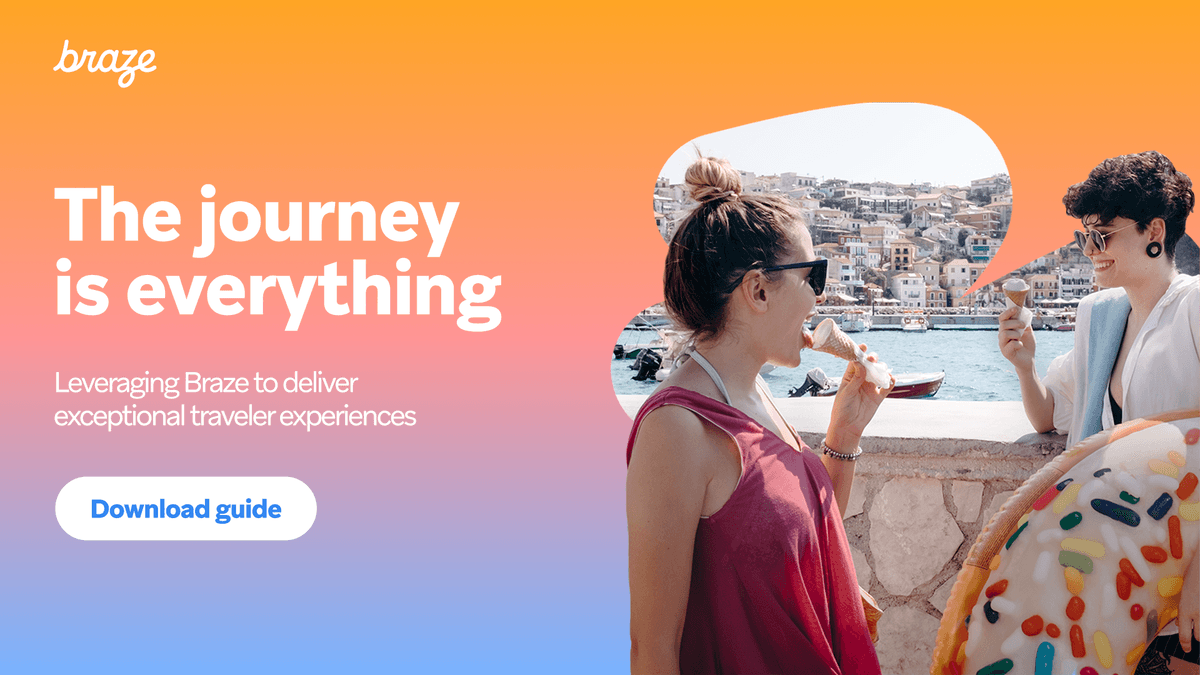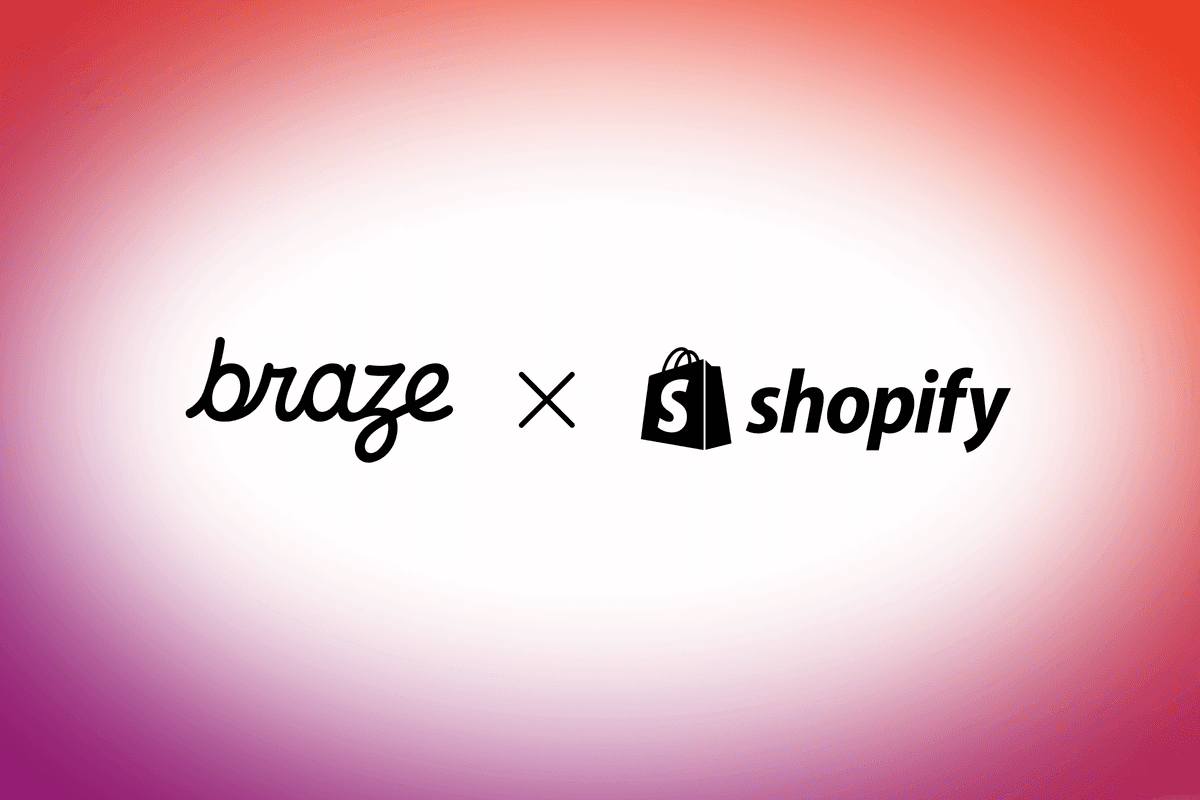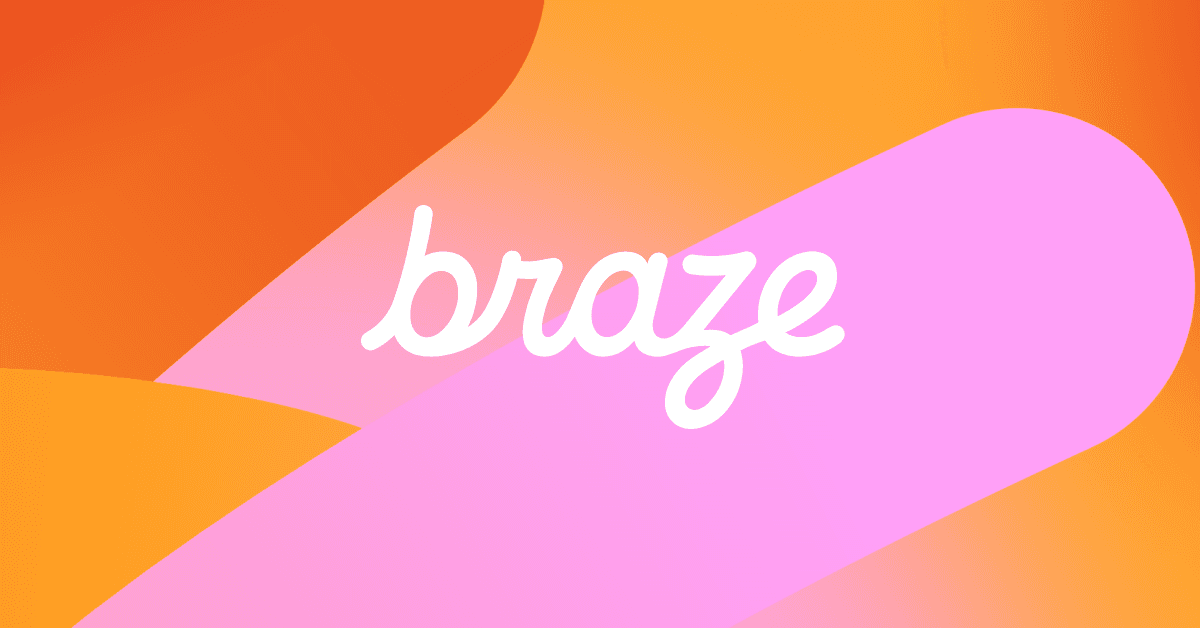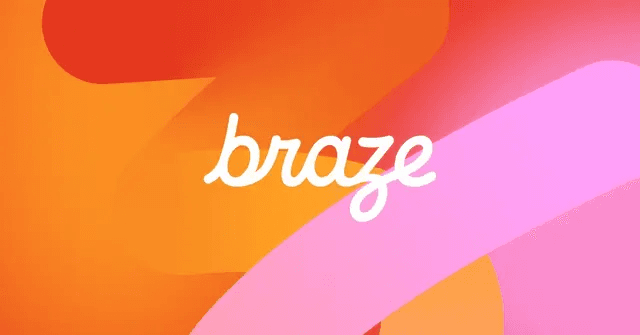Thought leadership, tips, and tricks for world-class customer engagement
Featured Stories
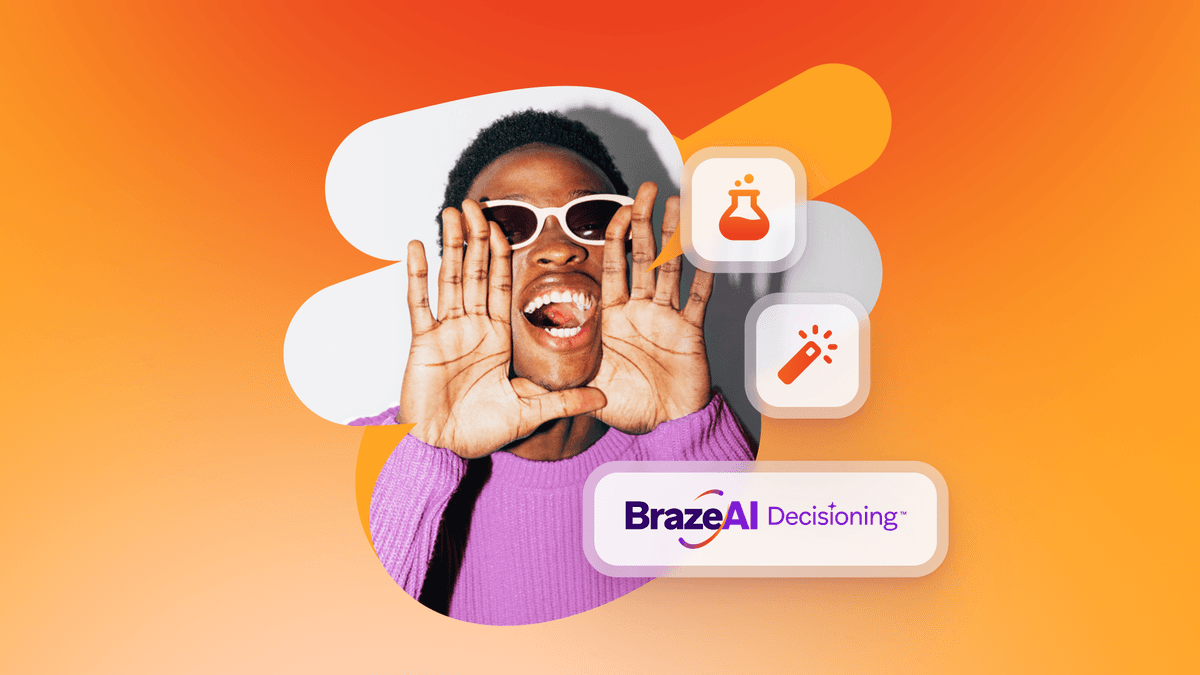
Blog16 min read
What is OfferFit? AI-Driven Personalization Explained

Team Braze

Blog3 min read
It’s time to ELAbrate: Braze takes home two Loyalty Partner awards at European Loyalty Association ELAbrations™ event

Team Braze

Blog7 min read
AI: The accelerator for creativity and efficiency

Team Braze
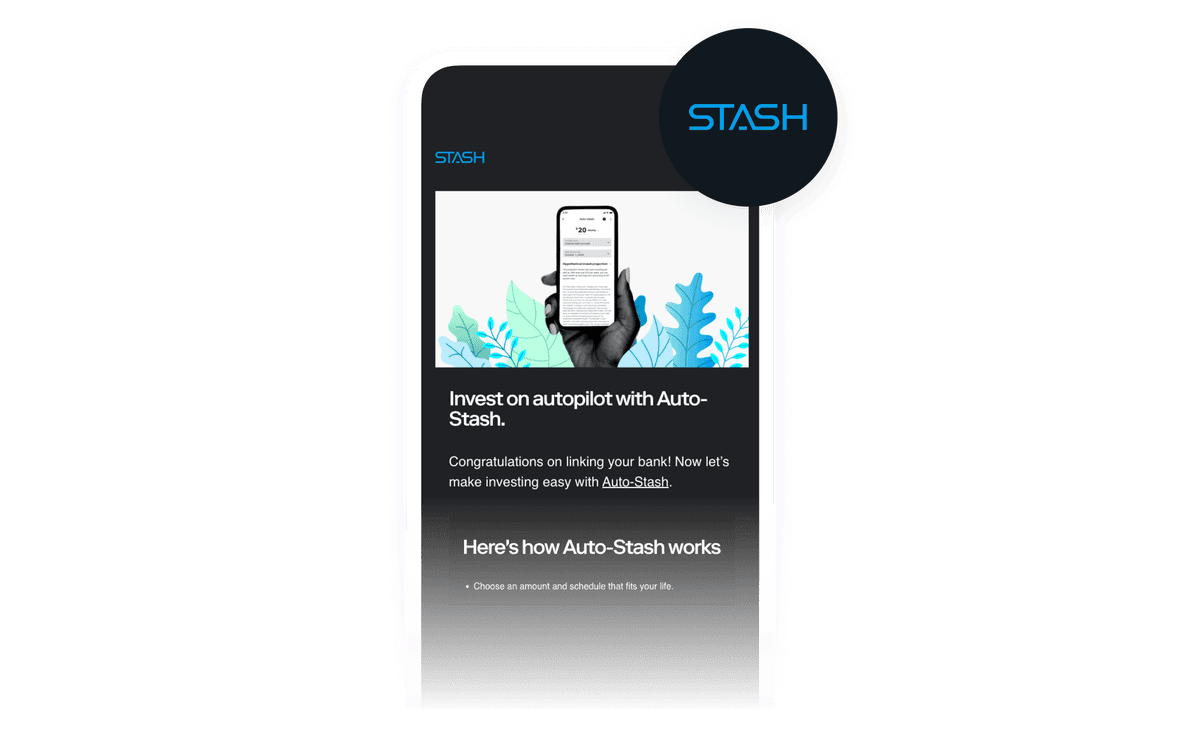
Case Study5 min read
Stash drives long-term investing habits with sophisticated, personalized user onboarding
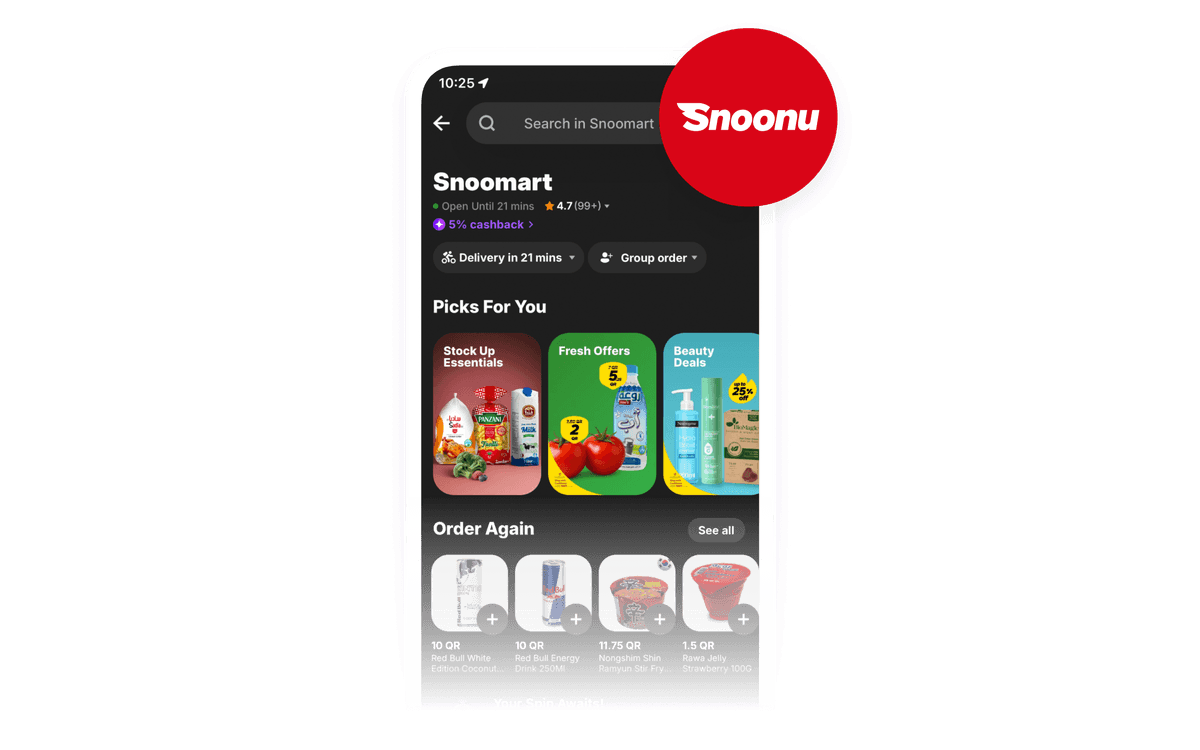
Case Study4 min read
Snoonu drives customer loyalty and repeat orders through a gamified shopping experience
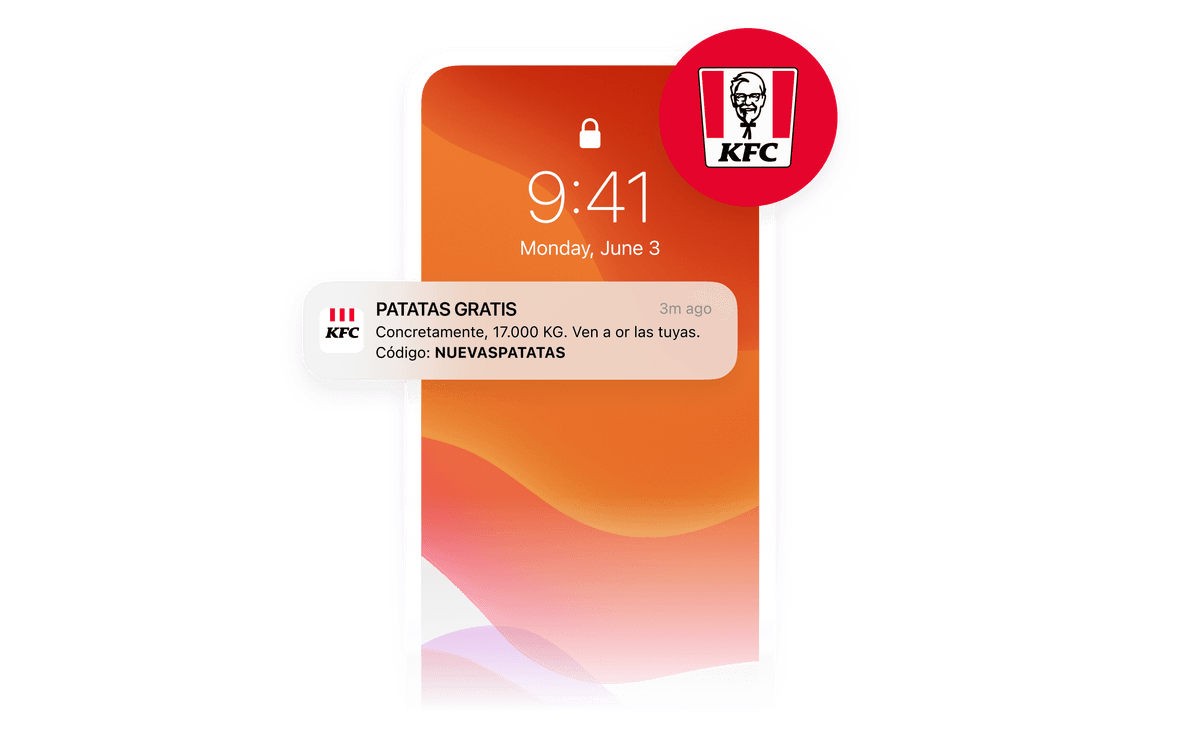
Case Study5 min read
KFC Spain's bold customer engagement strategy turned critics into fans
SUBSCRIBE
Please select one option only and then submit your preference.Please enter your business email address.Be Absolutely Engaging.™
Sign up for regular updates from Braze.
Loading...
Explore more from the Resource Hub



